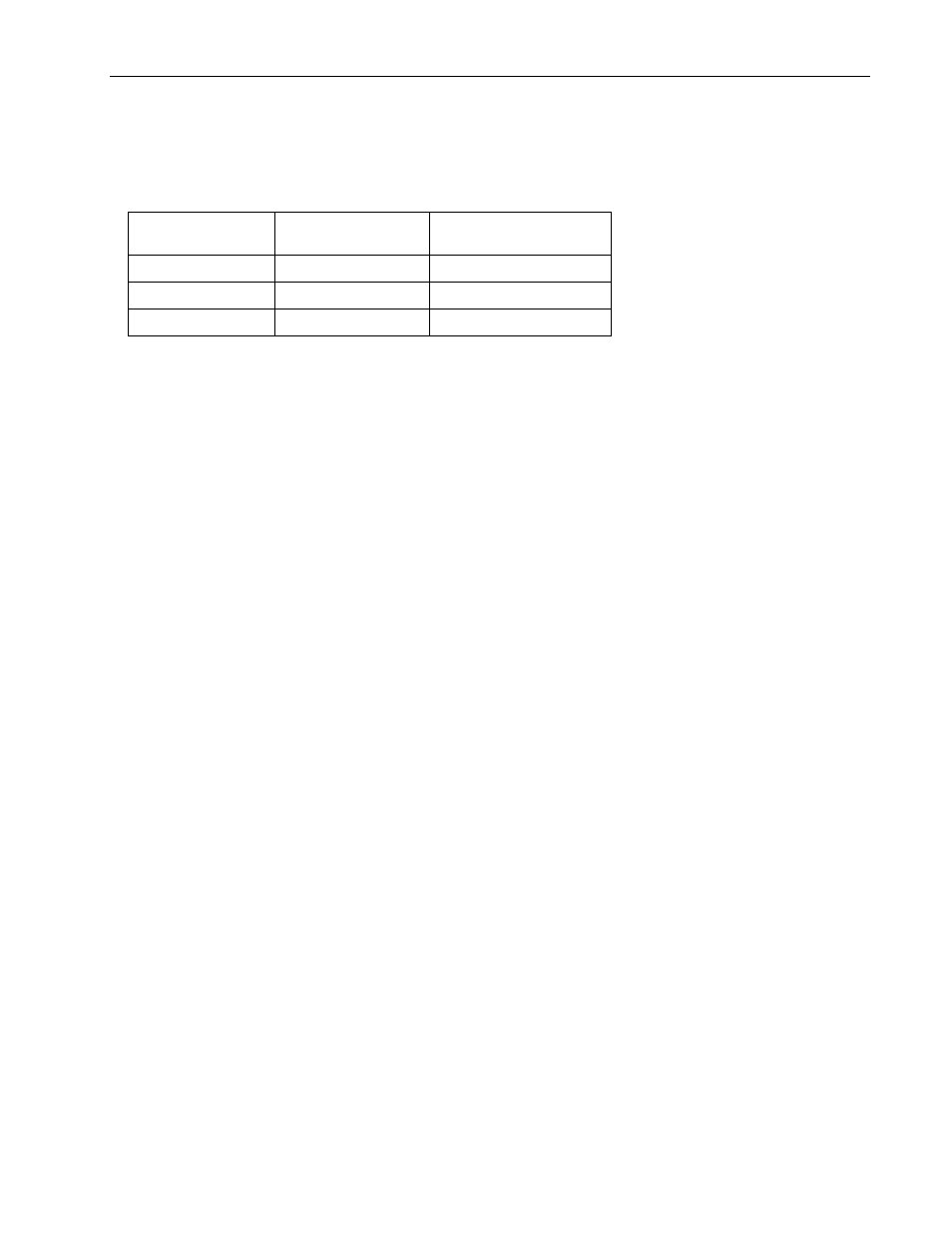Leprecon LP-X24 Manual v3.2 User Manual
Page 221

Glossary
217
LP-X24 and LP-X48 Users Manual
Highest Takes Precedence: A method of playing back several preset scenes at one time. The
level for each channel is determined by finding the highest level for each channel present in all of
the active (piled-on) scenes. Example:
Recorded
Channel Value
Preset Playback
Position
Result
50%
75%
37.5% (75% of 50)
25%
90%
22.5% (90% of 25)
30%
100%
30.0% (30% of 100)
The output value for the channel with these scenes piled on as shown would be 37.5%.
HTP:
See Highest Takes Precedence.
Indexed Gobo (Beam Property):
An effect that allows the gobo to be precisely oriented or
indexed
. This is important when a pattern is projected, such as a corporate logo.
Instrument:
See Moving Light and Dimmer.
Intensity:
The brightness of the beam, usually controlled by a mechanical dimmer in a moving
light.
Iris (Beam Property):
The iris of an moving light is identical to any other iris—a clever multi-leaf
element that produces a variable sized round aperture. As the iris size changes, the intensity of
the remaining beam remains constant.
Label:
A name applied to a specific attribute value or a combination of attribute values. This
allows the user to pick attribute values by names—not by numbers.
Last Takes Precedence (LTP):
The method of determining output when several looks are
executed simultaneously. In dealing with conventional light looks, the highest channel level takes
precedence (HTP). With moving light looks, the last look executed takes precedence over the
previous looks.
LTP:
See Last Takes Precedence.
Look:
Stored information that contains the level for each board channel. Looks are the basic
units or building blocks that a designer produces on stage.
Mirror (Focus Property):
The positioning of the mirror is responsible for the “focus” or position of
the beam. Generally, stepper motors are used to set the mirror position, with an XY axis for pan
and tilt. Some instruments use a single 8-bit value for mirror position; other instruments use a 16-
bit value. This information is significant only for ensuring that the LP-X set-up for an instrument is
correct. Because of the limitations in the pan and tilt mechanisms, the area that a moving mirror
can light is restricted. Instruments such as the Vari*lite and Studio color, on the other hand, are
moving head or true moving lights. These instruments are less restricted in their range of
movement but use all of the features of the LP-X Moving Light Controller software as a moving
mirror instrument would.
Moving Light:
A special class of light fixtures that have programmable properties. Unlike
conventional lights (dimmers) that have only the property level, moving lights have four
properties—color, beam, focus and intensity.